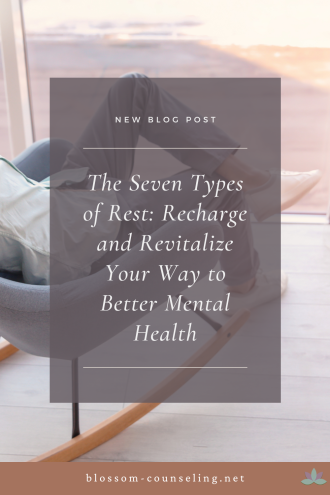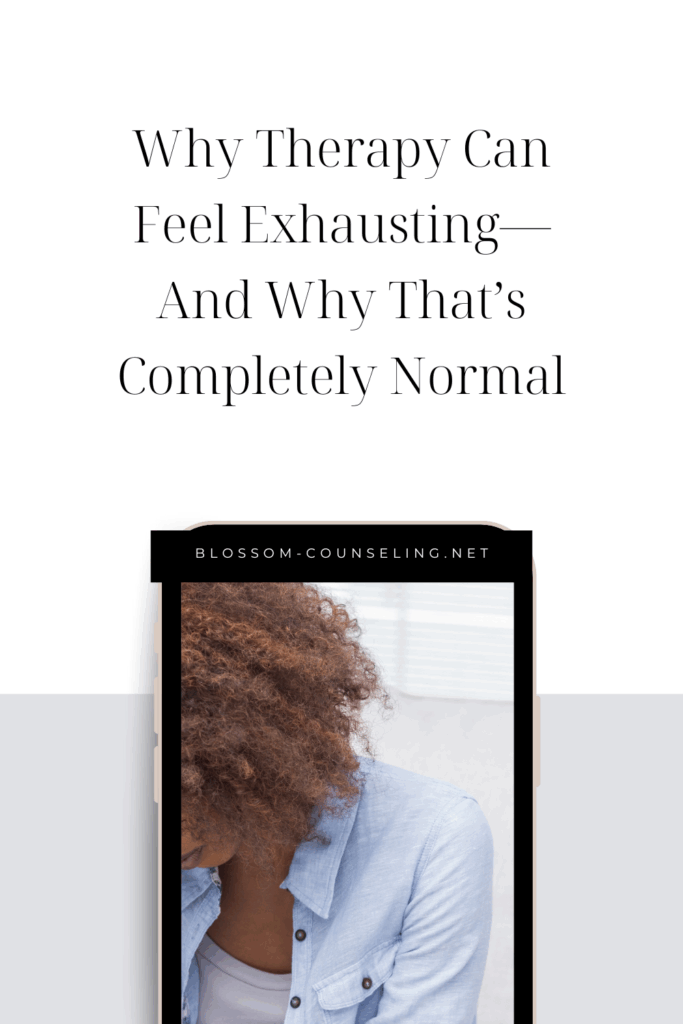
In our fast-paced world, where being “busy” is often worn as a badge of honor, the concept of rest can seem almost revolutionary. Yet, true rest is far more nuanced than simply getting enough sleep each night. It’s a vital ingredient for maintaining our mental, emotional, and physical health. Interestingly, there are seven types of rest that each address different areas of our lives and all are crucial for a well-rounded, rejuvenated self. Let’s explore these refreshing dimensions of rest that can transform our everyday life into a more vibrant and fulfilling experience.
1. Physical Rest: The Foundation of Rejuvenation
Physical rest goes beyond napping or getting a good night’s sleep. It includes activities that help the body relax and repair itself. This can be passive, like sleeping or lounging on the couch, or active, such as yoga, stretching, or massage therapy. Incorporating elements of physical rest into your routine helps prevent burnout and physical ailments, which are often the body’s way of demanding a timeout.
2. Mental Rest: Clearing the Mind
Ever felt like your brain is in a constant state of fog? That’s your cue for some mental rest. This involves taking short breaks throughout the day, practicing mindfulness, or even engaging in relaxing activities that help you declutter your mind. Journaling or meditative practices can be particularly effective for giving your cognitive faculties a much-needed break.
3. Sensory Rest: Dialing Down the Overload
Our senses are bombarded daily with noise, lights, and digital screens. Sensory rest means stepping away from these stimuli. You can achieve this by dimming the lights, turning off screens, or seeking out quiet, darkened spaces. Even a few minutes of closing your eyes in the middle of a hectic day can help reset your sensory overload.
4. Creative Rest: Reawakening the Imagination
Creative rest is essential for anyone who needs to solve problems or brainstorm new ideas. This type of rest is rejuvenated by enjoying nature, appreciating art, or listening to inspiring music. It’s about letting beauty and inspiration infuse new life into your creative endeavors, making room for innovation and imagination.
5. Emotional Rest: The Art of Letting Go
To achieve emotional rest, it’s necessary to have that safe space where you can express your feelings and thoughts openly. This could mean therapy sessions, heart-to-hearts with a friend, or activities that help you process your emotions, like writing or art. Emotional rest helps you resolve those feelings that often weigh you down, leading to a lighter, more peaceful existence.
6. Social Rest: Cultivating Supportive Relationships
Social rest involves surrounding yourself with people who uplift and support you while distancing yourself from those who drain your energy. It’s not just about solitude; it’s about fostering relationships that rejuvenate rather than exhaust you. This might mean prioritizing time with friends who nurture and understand you, or joining groups where you feel a sense of belonging and support.
7. Spiritual Rest: Connecting with Your Core
This type of rest involves engaging with something greater than yourself, whether through meditation, prayer, community involvement, or nature walks. Spiritual rest is about finding purpose and meaning in life, which refreshes and revitalizes your spirit.
Understanding and incorporating these seven types of rest can help you find balance, reduce stress, and improve your overall mental health. Each type of rest strengthens a different part of your being and contributes to a more energetic, focused, and fulfilled you. So, take a moment to reflect on which areas of rest you might be neglecting and consider ways to introduce more restorative practices into your life. Your mind, body, and spirit will thank you for it.
Our team of compassionate therapists is here to help you find the support you need. We believe in a holistic approach, treating your mind, body, and spirit. With a blend of traditional and alternative therapies, we tailor your experience to meet your unique needs. At Blossom, we create a non-judgmental space where you can be your authentic self. Our goal is to empower you, amplify your strengths, and help you create lasting change. Together, we’ll navigate life’s challenges and help you bloom, grow, blossom! You deserve to become the best version of you.




